Asus ZenFone 6 Review
Asus ZenFone 6 Review
Competitive pricing and an intriguing revolving camera setup
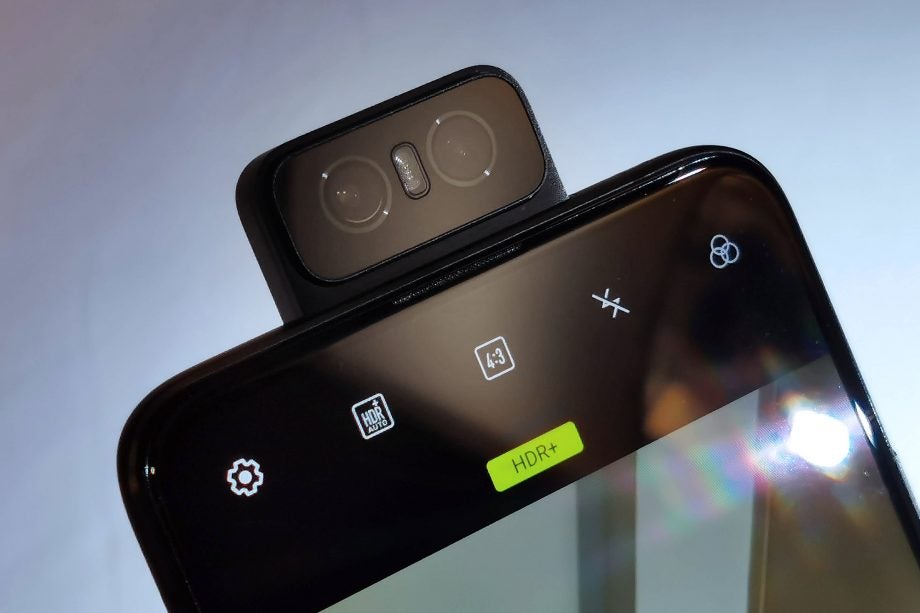
Verdict
The Asus ZenFone 6 is certainly intriguing, thanks to its revolving camera module and impressively large battery, but there's stiff competition out there that might undercut the otherwise promising value for money on offer here. If you like the makeup of the ZenFone 6 specifically, there isn't much else that compares, however, it doesn't really excel in any one area.
Pros
- Well-implemented unique camera setup
- Good, bright notch-free HDR display
- Well-executed user experience
- Exceptional performance
- Clean design
Cons
- Underwhelming battery life (considering capacity)
- So-so camera quality
- Minor software bugs
- No water resistance
- Thick and heavy
Key Specifications
- Review Price: £499.99
- 6.4-inch 19.5:9 Full HD+ IPS LCD
- Qualcomm Snapdragon 855
- 48-megapixel primary camera
- Revolving camera setup
- 5000mAh battery
- 3.5mm headphone jack
- 6GB/8GB RAM
- 13-megapixel secondary ultra-wide camera
- 64GB/128GB/256GB + microSD up to 2TB
Asus has reimagined the ZenFone 6 in 2019 as a powerful new flagship Android smartphone with a focus on performance, battery life and a unique rotating dual camera.
Having spent a few weeks with the phone, it’s interesting to see what Asus has tried to do here. It’s sprinkled in a couple of headline capabilities, used on-trend design elements and given it a price that justifies the absence of any features that more expensive flagships still possess.
On first impressions, this recipe feels like it works. However, dive a little deeper and there’s still a question mark over whether it’s collectively enough to convince you, the buyer, to throw your cash towards the Taiwanese tech giant’s new handset over more costly but more capable alternatives.
The Asus ZenFone 6 performs acrobatics to avoid using a notch
Notches, sliders, hole-punches, pop-ups – manufacturers have turned to all sorts of different methods and mechanisms in an effort to remove or conceal every element on the front of their devices that isn’t the display. In the case of the new ZenFone 6, it’s safe to say Asus has taken an outside-the-box approach to such a challenge.
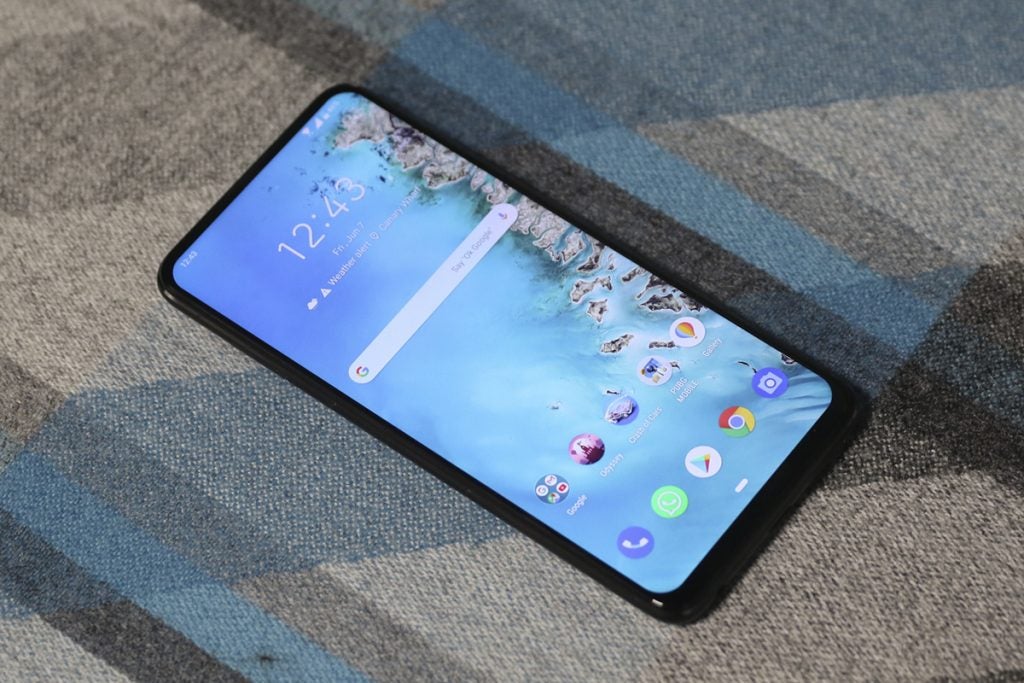
The phone’s dual rear camera array sits high on the phone’s curved Gorilla Glass back, while on the front there’s no Samsung Galaxy S10-style hole-punch camera, certainly no notch and no OnePlus 7 Pro-esq pop-up snapper either. Instead, the rear camera module revolves around the top edge of the phone to face forward at the tap of a virtual button.
- Related: One Plus 7 Pro review
On the upside, this means you have the might of the phone’s primary cameras at your disposal, even when snapping selfies. As demonstrated during launch and in my subsequent testing, watching 4K 60fps electronically-stabilised footage compared against the lesser front-facing video that the likes of the Galaxy S10 was able to muster, was pretty impressive.
On the subject of Samsung, it too has produced a phone with a rotating rear camera arrangement that doubles as the front-facer – the Galaxy A80 – Asus’ implementation is a little different, however.
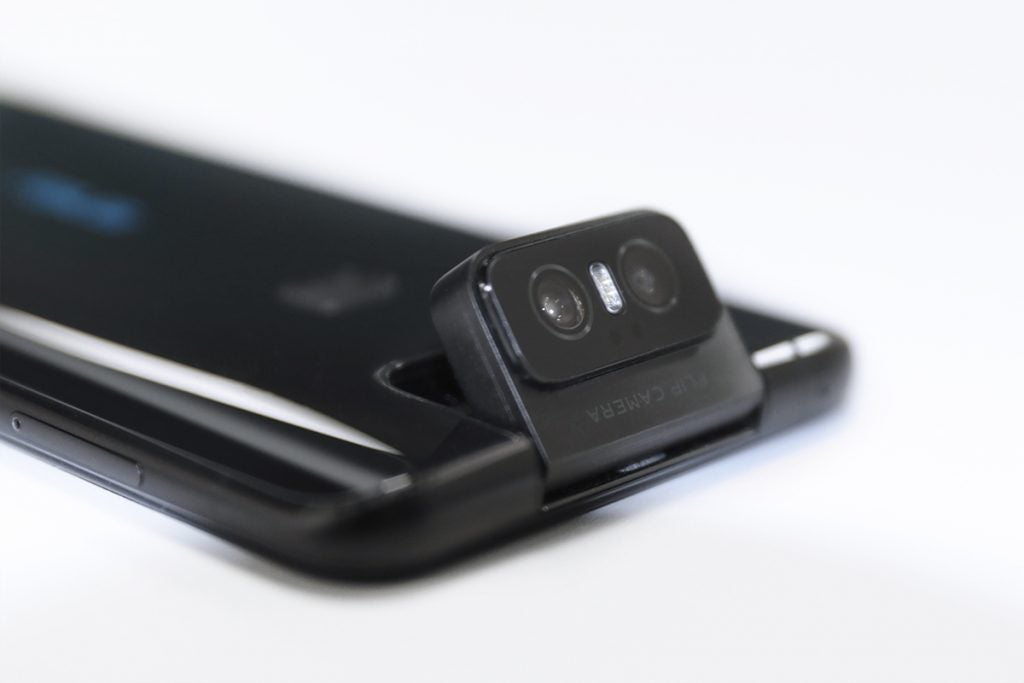
The ‘flip camera’ (Asus has designed a rather swish logo to support this self-explanatory branding) as the company calls it, is housed within what it promises is a highly durable liquid metal housing, which is supposedly four times stronger than stainless steel.
The whole housing is then linked to a custom 13-piece gear system and has to squeeze some 32 signal cables and 17 power cables through a 2mm opening in the side of the module, into which the phones camera’s and various sensors reside.
- Related: Best camera phones
It all seems rather precarious, especially when you peek at the inner workings of the mechanism, as Asus showed during the phone’s launch in Valencia. As with OnePlus and Oppo before it – two companies who’ve also had to prove the technical reliability of the mechanised parts on their smartphones – Asus threw some numbers out in an effort to offer peace of mind to curious would-be buyers who might still sit on the fence.
The flip camera is tested to 100,000 actuations, which Asus equated to five years of intense use, assuming you were snapping in the region of 28 selfies a day. While this should instil confidence, as only the most extreme of narcissists would be able to approach such a frequency, this doesn’t account using it for face unlock or other use cases the company pushed, like vlogging, which is something to bear in mind.
Beyond revolving the camera around for a selfie, you also have the option to orient the snapper setup anywhere through its 180-degree range of motion. With this, you can pull off auto-panoramas – where the cameras move but the phone doesn’t – or take timed shots by setting the phone down on any flat surface while the cameras are positioned at 90-degrees.
The panorama feature is a snappier alternative to a traditional panorama mode, where you have to awkwardly rotate slowly on the spot to capture the vista before you. The ZenFone 6’s implementation means you only have to hold the phone steady for a couple of seconds as it builds an image, although I found it best to hold the phone lengthways to avoid seeing my own face at the end of each capture every time.
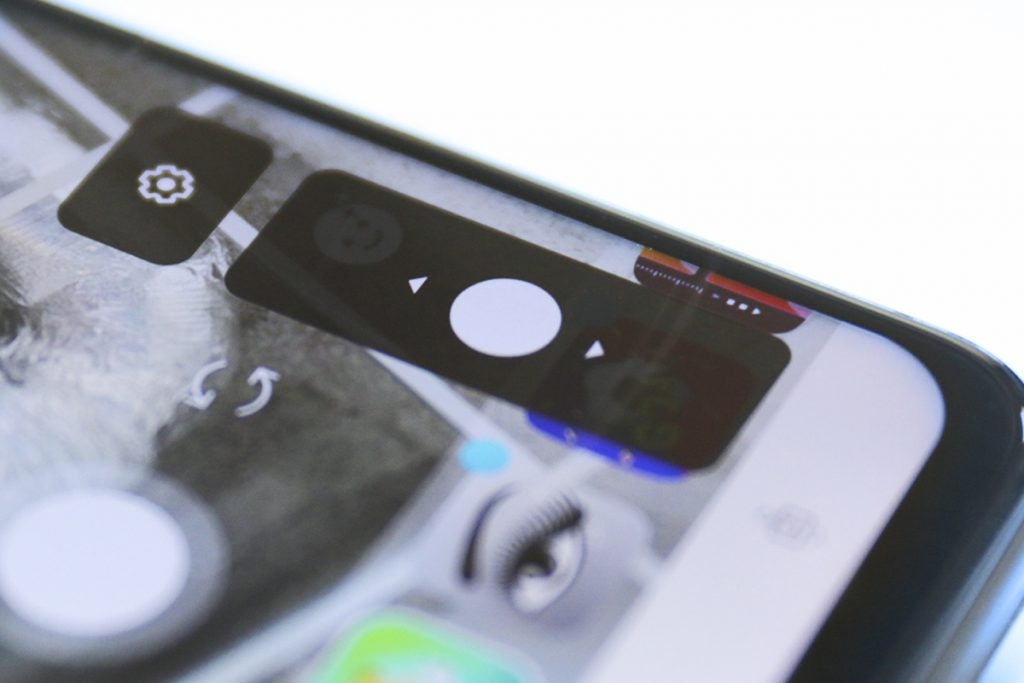
Asus has even programmed in a dedicated camera control UI element so you can move it around from within third-party apps like Instagram and Google Lens; the feature works surprisingly well, and I’m yet to find an app with camera access that doesn’t play nice.
The Asus Zenfone 6 camera hardware is made or broken by software
Sony’s sizeable 1/2-inch 48-megapixel IMX586 is the main camera sensor on the ZenFone 6, but it’s also found on the Honor View 20, Xiaomi Mi 9, OnePlus 7, OnePlus 7 Pro, Motorola One Vision, the aforementioned Samsung Galaxy A80 and a bevvy of other devices to boot.
It’s a popular component for good reason but seeing it in use across so many devices from so many different manufacturers does highlight the importance of competent algorithmic image processing.
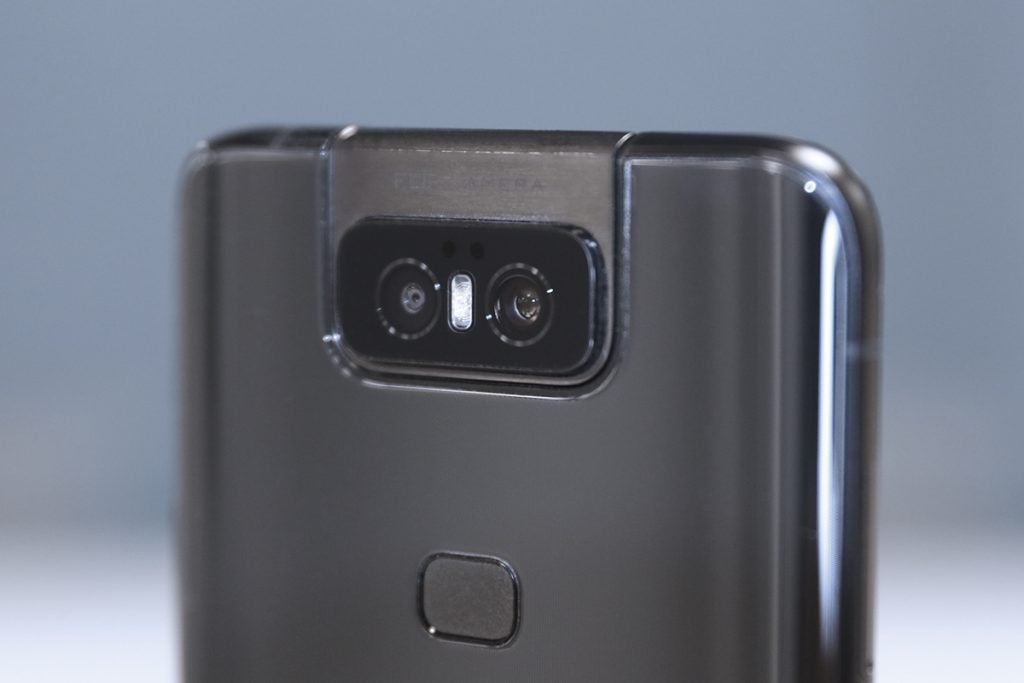
Some modes and features, like Portrait and RAW capture, are available whether you use it as a front or rear camera, while others, such as Super Night, only apply when it’s serving as the phone’s main snapper.
It’s also accompanied by a 13-megapixel ultra-wide angle sensor, which boasts an impressively-broad 125-degree field of view, complete with software-based distortion correction. It’s this secondary sensor that helps with depth data for portrait shots too.

As with even the most affordable phone cameras, an abundance of natural light always lends itself to well-defined snaps. Pictures look really nice under such conditions, with accurate colours, good detail and a pleasing sense of depth.

However, in some situations, namely macro shots, there’s noticeable aberration at the edge of frame (see above), meaning only centre-framed subjects remain sharply in focus. The issue isn’t always present, so it’s worth checking your shots before you’re done with your subject.


As scenes push towards higher contrast, it doesn’t take long for the ZenFone’s dynamic range, or lack thereof, to make itself known.

Shots look like they’ve been contrast-boosted beyond a level that could be considered, either under-exposing the overall image, leaving dark tones appearing almost completely black or over-exposing, pushing some of the brightest tones and colours into flat white, washing the overall image out in the process.
It’s also worth noting that while the inclusion of that ultra-wide angle camera lets you grab more dramatic shots than the main camera, the sensor used is nowhere near as capable, often revealing noise in the darker areas of frame – even when the overall shot is taken in abundant light.
It also lacks fine detail when compared to the main sensor (despite capturing higher-resolution images), making wide-angle shots far less usable outside of the likes of Facebook and Instagram.

Ultrawide (above). Night mode: Off (left), on (right)
When the lights go down, there’s next to no point in using anything other than the phone’s night mode. Standard low light shots aren’t awful but you’re far less likely to run into image blur or hand shake issues and noise reduction is far better.
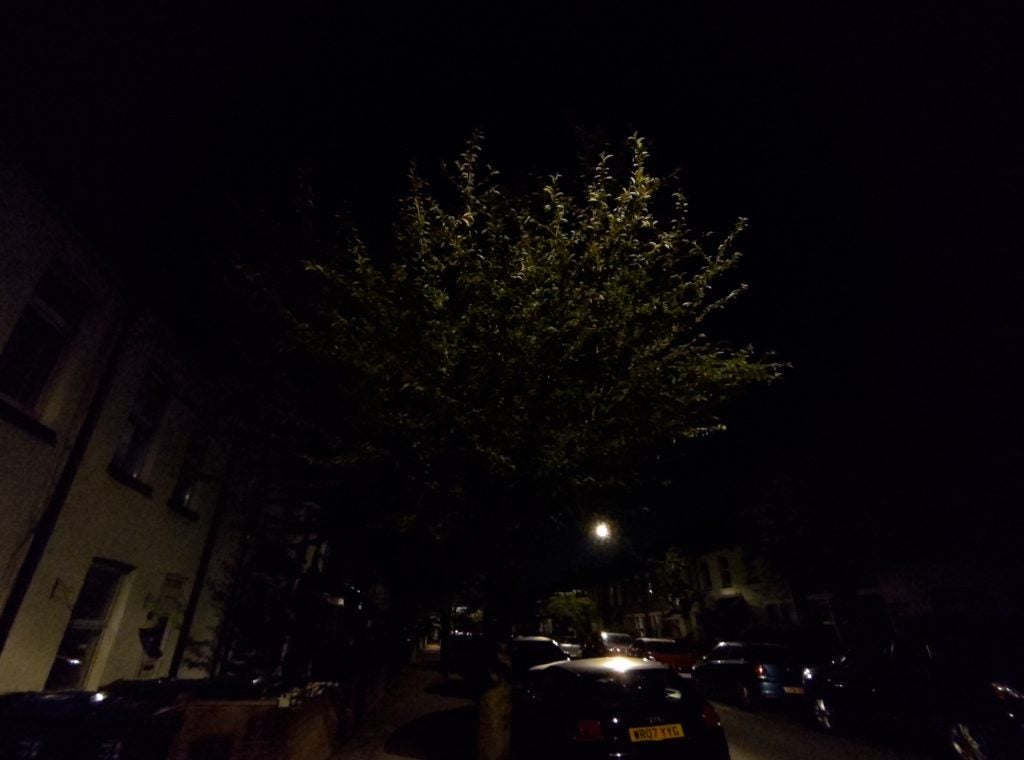
Ultrawide (above). Night mode: Off (left), on (right)
Results don’t compare to the likes of Google’s Night Sight but, as I said, they make otherwise unusable shots usable.

View the full resolution version here
I’ve already spoken about the flip camera’s well-implemented auto-panorama feature, however, the results can be a little more hit and miss. The overall results are good but crop in at all and you’ll see that it picks up handshake all too easily.

View the full resolution version here
I was, however, impressed with how well the phone dealt with the high-contrast conditions of Piccadilly Circus by night, even if its aforementioned narrow dynamic range is again visible.
Touches of style, but the Zenfone 6 design is mostly functional
Thanks to its efforts with the camera, the flat 6.4-inch ‘NanoEdge’ display really does dominate most of the phone’s front. It’s protected by Gorilla Glass 6 and after passing a slight lip, meets with a rounded and chamfered aluminium frame that runs the entirety of the phone’s edge.
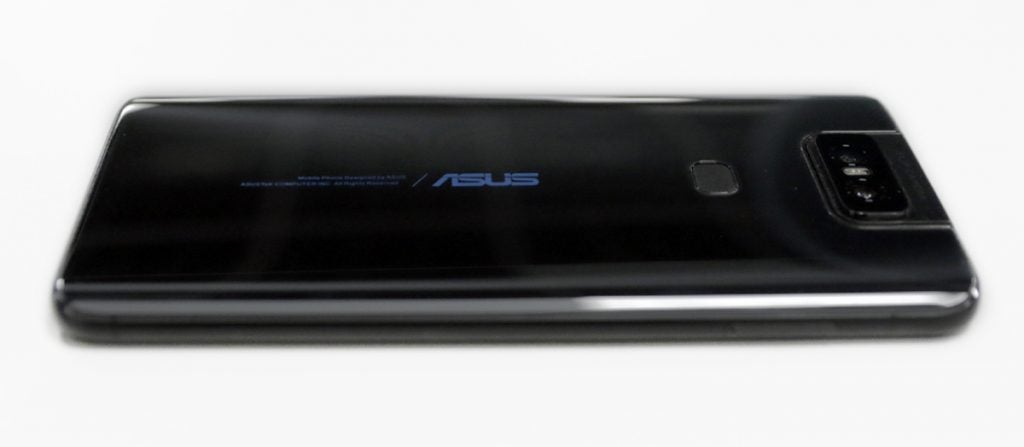
On the back is more Gorilla Glass, this time curved; granting the phone a comfortable-but-sturdy feel (supported by its notable 190-gram weight). The Midnight Black model I’ve been trialling boasts touches of blue – seen on the Asus logo and accented on the metal power key. There’s also a ‘Twilight Silver’ variant that sports a gradient back not dissimilar from the one found on the ‘Sky Blue’ Honor 10 Lite.
Above the power key, there’s a volume rocker and a dedicated Smart Key, which by default summons the Google Assistant but can be programmed to activate other features, like changing sound profiles, taking a screenshot or toggling the flashlight on and off.
It’s an appreciated addition for sure, especially as it also doubles as a physical shutter key when using the camera, however, its placement, high on the phone’s right side means it’s not the easiest of buttons to reach; while an inability to turn it into a quick-launch key for any installed app is a little frustrating too.
Moving parts, like the phone’s flip camera, usually mean no water resistance and that certainly seems to be the case here. The phone does, at least, pack a 3.5mm headphone jack (with FM radio support) and Asus even throws some wired headphones in-box – a real rarity in 2019.
Asus Zenfone 6 performance – it can challenge the best and serve well long-term
Qualcomm’s Jussi Nevanlinna spent a notable about of time waxing lyrical about the virtues of his company’s latest and greatest chipset at the ZenFone’s launch. Indeed, the Snapdragon 855 that’s also found inside everything from the US Samsung Galaxy S10, to the OnePlus 7, to the forthcoming Sony Xperia 1 is also powering the ZenFone 6.
Nevanlinna stated that the 7nm chip is 45 percent faster in CPU and 20 percent faster in GPU performance, compared to the ZenFone 6’s flagship predecessor, the 845-powered ZenFone 5Z.
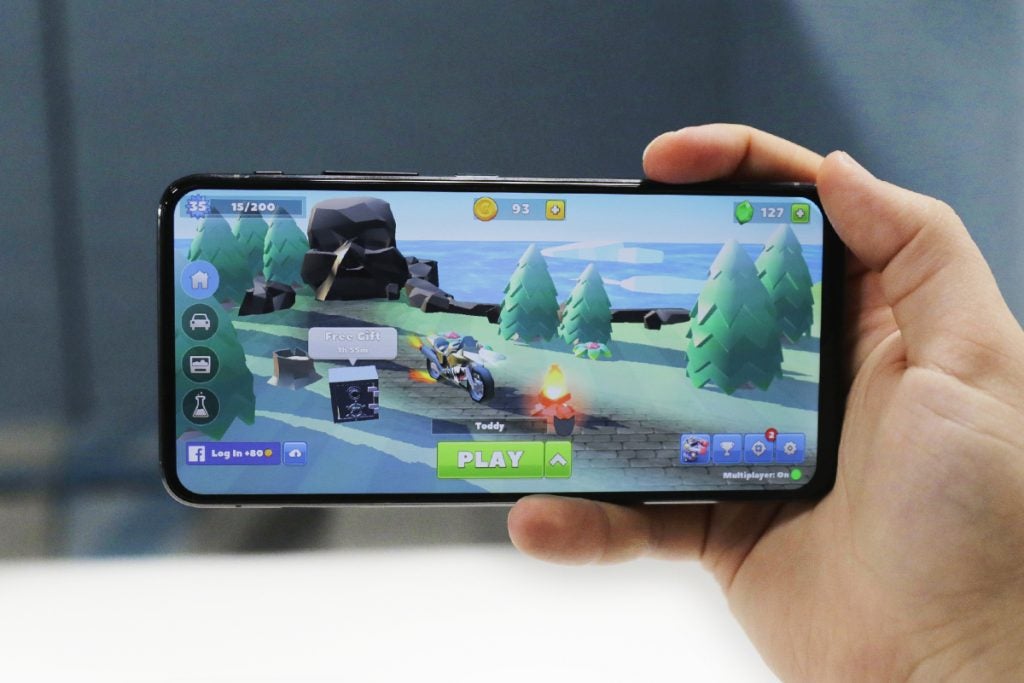
I was able to trial the more potent £599.99 8GB RAM model (the base model features 6GB RAM), which in Trusted’s standard gamut of benchmark tests performed exceptionally well, challenging our current front-runner – the Black Shark 2 – across performance and gaming tests via Geekbench 4, AnTuTu and 3D Mark.
This translates to a perfectly smooth and consistent user experience, with no evidence of slow-down or lag, even when multitasking. Even without the dedicated AI Boost gaming mode, the phone breezed through intense titles.
All this, paired with the promise of consistent software updates from Asus for at least two more years, the ZenFone 6 should remain a strong performer in the long-term.
The Zenfone 6 battery life isn’t as good as expected
Battery is also a fundamental part of the phone’s makeup. At launch, company representatives were very clear that Asus favours greater outright longevity compared to fast or wireless charging technologies in the fight against battery anxiety.
As such, the ZenFone 6 comes equipped with a huge 5000mAh cell, which paired with the Full HD+ resolution display should ensure the phone is able to dole out some impressive battery life figures. Quick Charge 4+ support is also built in but a more conventional 18W fast-charger comes in-box.
I say ‘should’ as in real-world testing I was left underwhelmed by the ZenFone 6’s longevity. It’s by no means bad, granting me up to two days of use on a single charge, regularly. However, when you take into account screen-on time, the ZenFone 6 falls short of the mark.
Out-the-box the phone would consistently dole out a rather middling 4 to 4.5 hours of screen-on time, depending on usage, while switching from the phone’s native light system colour scheme to ‘dark’ (i.e. dark mode) added an extra hour to ZenFone’s stamina (I left dark mode on after I discovered this).
It’s worth remembering that such figures aren’t by any means bad, and most users will be more than happy with the ZenFone 6’s battery life, however, the figures it produces match up to that of the OnePlus 7 Pro, with its 4000mAh cell, and the Huawei P30 Pro, which in Trusted’s tests, gave up after a whopping 6.5 hours of screen-on time, despite also rocking a far smaller 4200mAh battery.

More specific testing like streaming Netflix for 30 minutes sapped only 2% of the battery, while 4K HDR content at full brightness consumed 6 percent. As for gaming, most titles, including more intensive offerings like Asphalt 9, will consume between 3 and 4 percent in the same time-frame.
As for fast-charging, the included 18W brick delivered consistent recharge speeds of the phone’s 5000mAh cell, hitting 100 percent in 127 minutes (2 hours, 7 minutes), but more useful milestones far sooner. The phone refills to 51 percent charge – more than enough for a day’s use – after 45 minutes, and is two-thirds full after an hours charging.
The phone should refill faster if paired with a more potent (read: higher wattage) Quick Charge 4+ adapter, but these figures are close to what most users should expect.
The ZenFone 6 display takes centre stage
Thanks to Asus’ efforts with the flip camera, the extended 19.5:9 display enjoys wonderfully thin bezels, resulting in a promising 92 percent screen-to-body ratio. The IPS LCD panel integrates a blue light filter plus support for HDR10-compliant content.
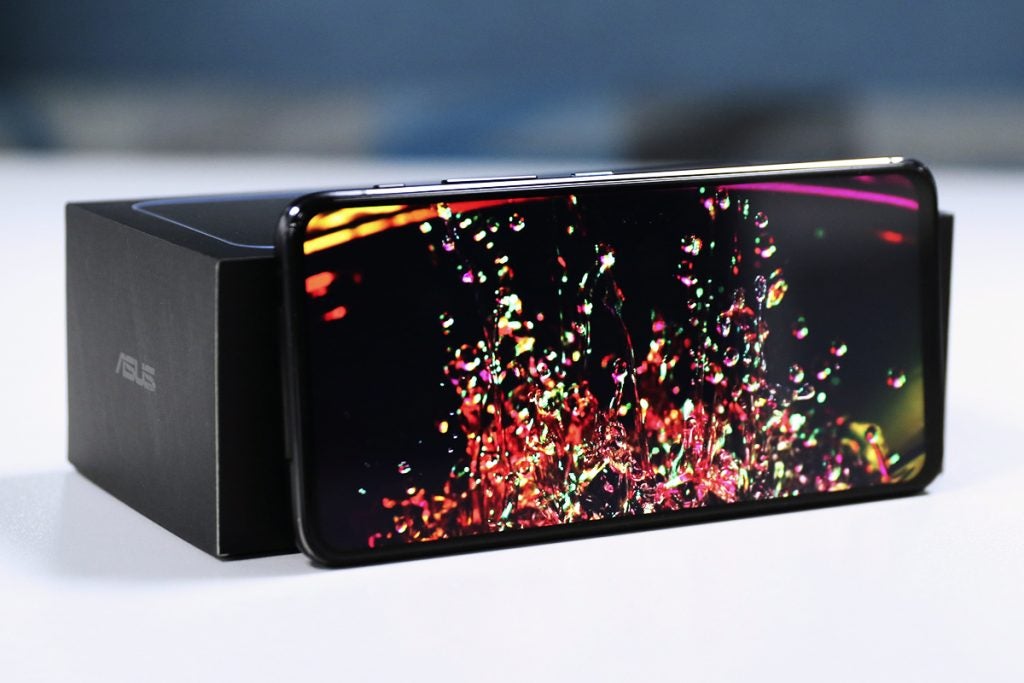
The choice of display tech means it certainly doesn’t boast quite the same visual ‘pop’ as its OLED-laden rivals but it’s an undeniably pleasing display in proportion to its glass and metal body. Asus has also added a dark mode, which again, doesn’t prove quite as useful where LCDs are concerned but is appreciated nonetheless.
The screen also benefits from a number of software enhancements, starting with a one-handed mode but also thanks to the ‘Splendid’ colour management toolset – which lets you adjust colour temperature and accuracy with ease.
In testing, it does a solid job of covering the sRGB (99.7 percent), Adobe RGB (80.6 percent) and DCI-P3 (95.5 percent) colour spaces, leading to pleasingly accurate and rich colours, but most impressive of all is its real-world maximum brightness, which at 535 nits, is among the brightest phones we’ve testing, going toe-to-toe with last year’s LCD-toting LG G7.
Asus Zenfone 6 software – the cleanest take on ZenUI to date
Not dissimilar from Huawei’s Emotion UI, Asus’ ZenUI has come under fire in the past for being heavy-handed and downright unappealing to look at. ZenUI 6 atop Android Pie as it appears on the ZenFone 6, seems like a significant step in the right direction.
The main crux of the redesign is in its willingness to more readily embrace Google’s stock take on Android. ZenUI 6 still can’t relinquish some of the company’s bloatware, but on the flip side does include some richer features that surpass what the Pixel Launcher is able to offer.
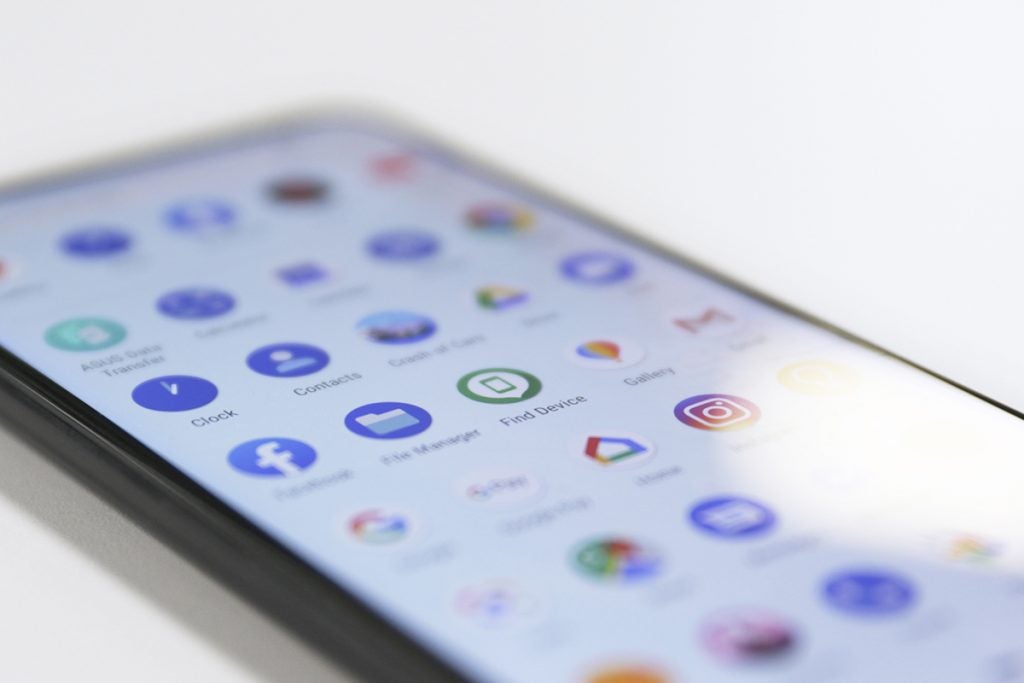
While UI layout and some elements feel close to stock, you’ll still find a bevvy of additional Asus apps (some, more welcome than others), plus enhancements like one-handed mode, a screen recorder with gaming tools built-in, quick-launch gestures and more.
At launch, Asus also revealed that its optimisations have resulted in reduced app load times across the board. What’s more, beyond joining the Android Beta Program, Asus promises that ZenFone 6 users can expect an update to both Android Q and Android R, as and when they launch.
I did run into a couple of software bugs while testing the ZenFone 6; one that shifted home screen elements so that they were only partially visible for a short time, as well as a more serious blunder that asked for a PIN when booting the phone up that wasn’t my standard lock screen passcode.
Despite such hiccups, everything proved easy enough to remedy and I have confidence if Asus really is as committed to the software experience on its phones as it says it is and appears to be, then such issues will be remedied fairly quickly.
Should I buy the Asus ZenFone 6?
Asus has clearly poured a lot of time and energy into making the ZenFone 6 its most competitive phone to date.
If you’re in the market for a more affordable flagship, the ZenFone slips into the same +/-£500 price range as the Xiaomi Mi 9, OnePlus 7 and the forthcoming Oppo Reno. It also happens to pack the same Snapdragon 855 chipset and sport the same 48-megapixel primary camera as these rivals too.
As such, the main considerations between this assortment fall to their software, camera quality and battery performance (click any of the above device names to read their respective reviews).
If you want a superior camera, consider the even cheaper Pixel 3a (£399) or 3a XL (£469). If you want a better screen, then the OnePlus 7 Pro is the best in the business.
Despite the overlaps that the ZenFone 6 possesses with a number of its competitors, there really isn’t anything with quite as unique a makeup as this handset. The camera has the potential to improve via software updates, Asus seems more committed than most to supporting this phone in the long-term, and the user experience is the best the company has ever produced.
Asus might not have the ‘cool factor’ of OnePlus or the hardware/software integration of Google but the new ZenFone 6 still stands out for the right reasons.
How we test phones
We test every mobile phone we review thoroughly. We use industry standard tests to compare features properly and we use the phone as our main device over the review period. We’ll always tell you what we find and we never, ever, accept money to review a product.


